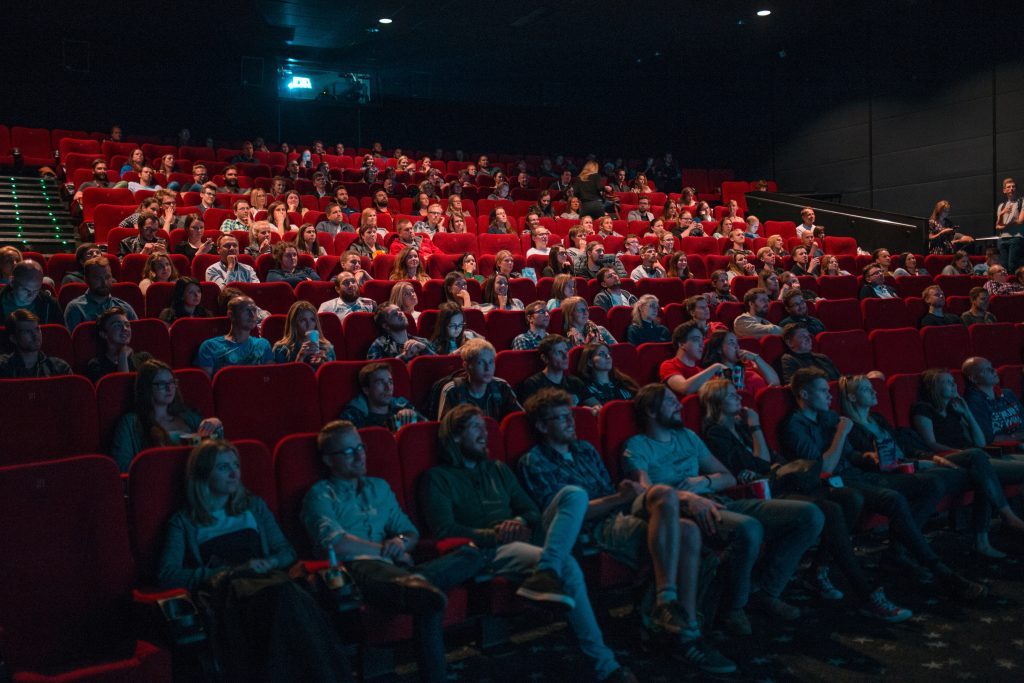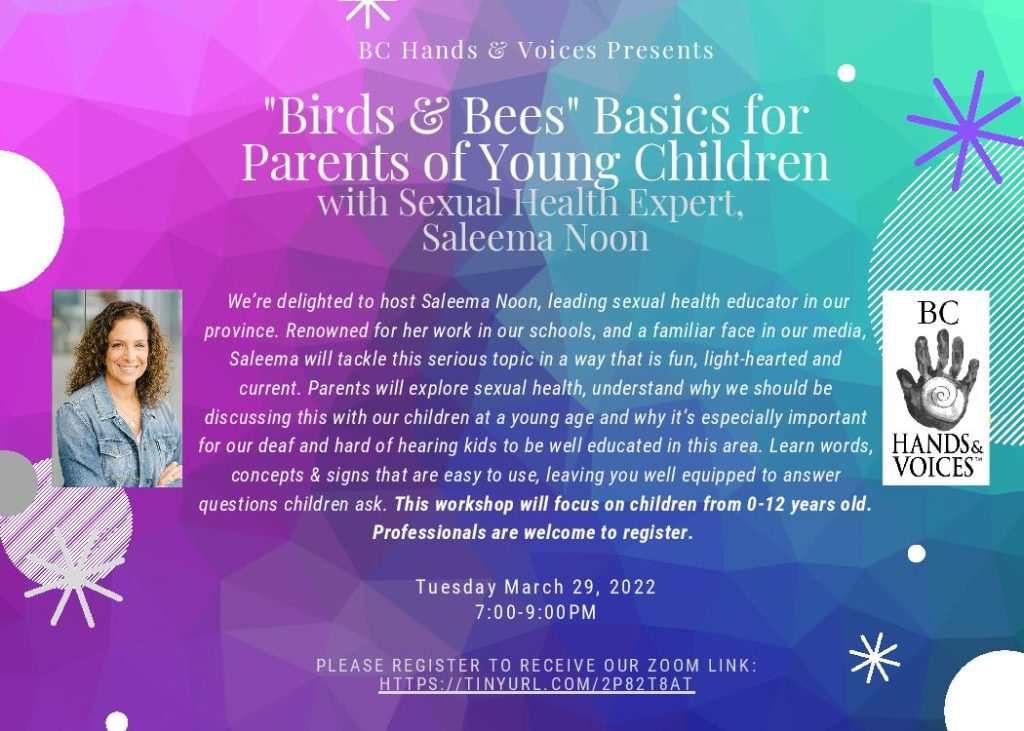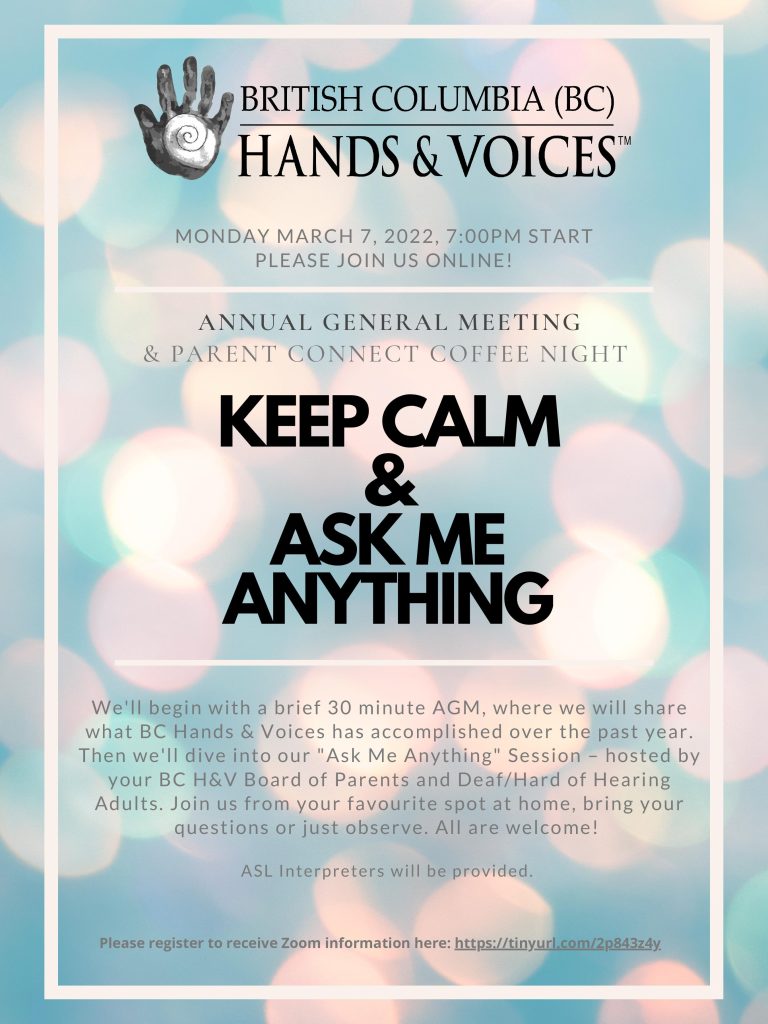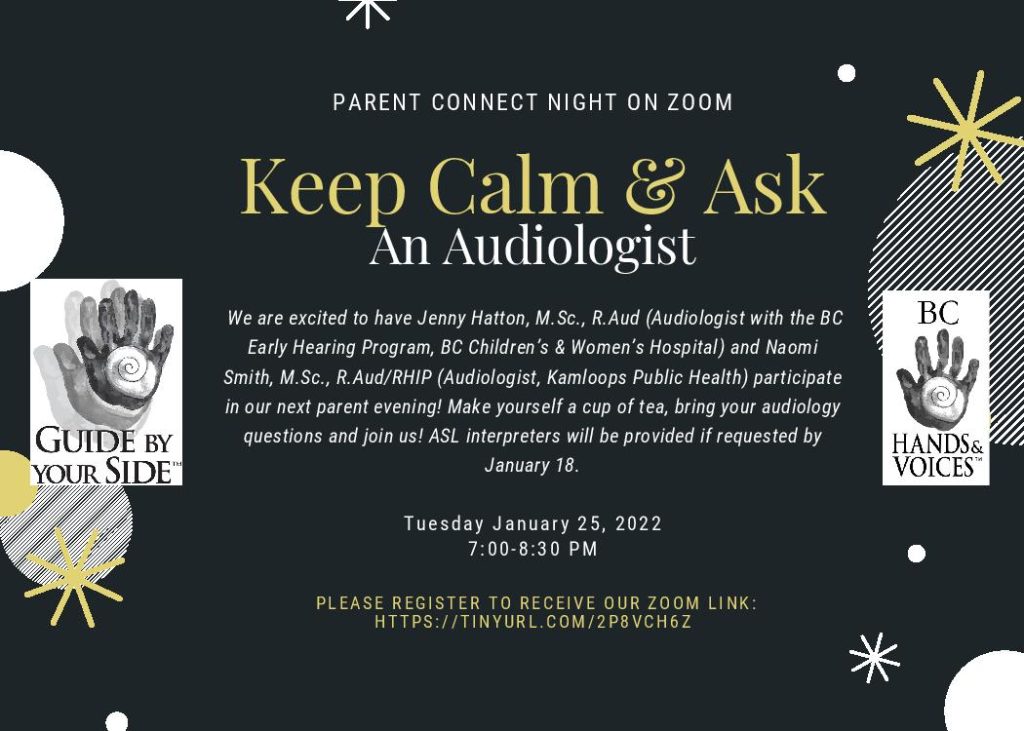By Levi Traxler
I am the kind of person who takes care of and does things at the last minute, sometimes at the absolute last minute. I’m even writing this article right before the deadline! It’s difficult for me to plan far ahead with so many things I need to take care of every day. Despite my constant struggle with being able to plan ahead better, I have learned how to become more proactive when it comes to accessing information. How? There have been plenty of events in my life that forced me to become more proactive if I wanted to understand what’s going on (and that is all the time!).
One example was when a hearing friend invited me to go watch a movie at a cinema. At the time, I knew the cinema didn’t have the Rear Window Captioning System or Open Captioned but I still chose to go because I really wanted to watch the movie and to be a part of my hearing friend’s group. They didn’t know ASL, only fingerspelling, so the conversations dragged on and misunderstanding happened often. I tried my best to watch the movie through lip-reading and using my hearing aids. It was not enough though, and I could only understand about ten percent of the movie. Money and time wasted for something that I knew would happen in the first place.

Photo credit: https://unsplash.com/@kristsll
That cinema experience forced me to start planning ahead to ensure that I have better access to information by researching which cinemas offer the captioning. I can pick that cinema the next time we decide to watch a movie. Nowadays almost all cinemas offer captioning for their movies, which is excellent. I am able to feel more comfortable going to the cinemas knowing I can enjoy the movies more.
Another example is when I’m ordering and waiting for food at a fast food location. Recently, I ordered a hotdog at Costco after a shopping spree. Costco, in the middle of the Covid-19 pandemic, is not accepting in-person orders so they are offering self-serving kiosks. I ordered my food at a kiosk and then waited for my order near the fast-food bar. We all had masks on, making it impossible for me to lip-read or rely on facial expressions to get an idea of the situation. A worker called my number to ask a question about the order, but I didn’t know at the moment and I noticed someone next to me was staring at me. Only then did I realize what had happened, so I walked over to the food court bar.
After that experience I became more proactive by showing the worker my order number and asking them to wave when they call my number. I can finally enjoy my hotdog sooner! The experiences nowadays ordering food are much better in general too. I can use mobile order to pick up a coffee from a nearby coffee place like Starbucks and they have the order number/name on the cups so I know which one is my coffee. No more anxiety waiting for my orders!
There are other strategies I find helpful. I use the Medical Interpreting Service to request interpreters to attend doctor appointments. Life-saving, literally! When ordering online, I add a note to the order to text me please when the delivery arrives. No more missed phone calls! I also use Canada Video Relay Service to call places to gather more information without needing to go the place in person and that saves me a lot of time.
There are so many ways for a Deaf person to be proactive to enjoy their lives more. I am still a procrastinator in many ways but not when it comes to getting the information I need or want to know!
 Download our flyer here: Saleema Birds&Bees 3.2022
Download our flyer here: Saleema Birds&Bees 3.2022


